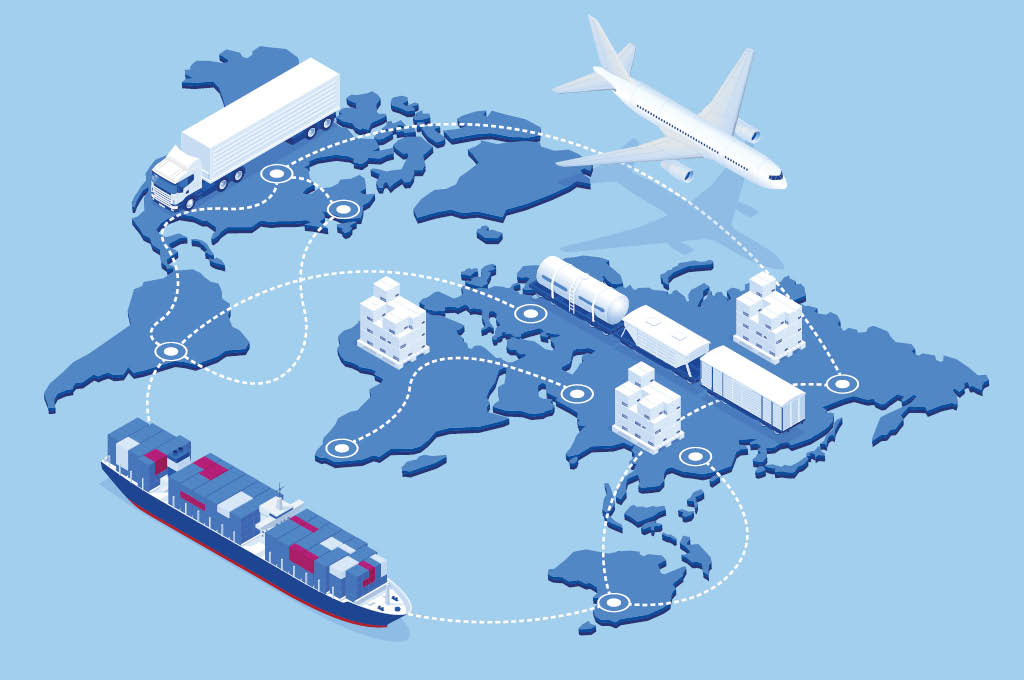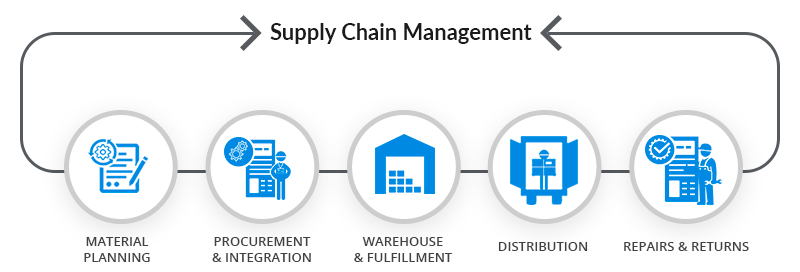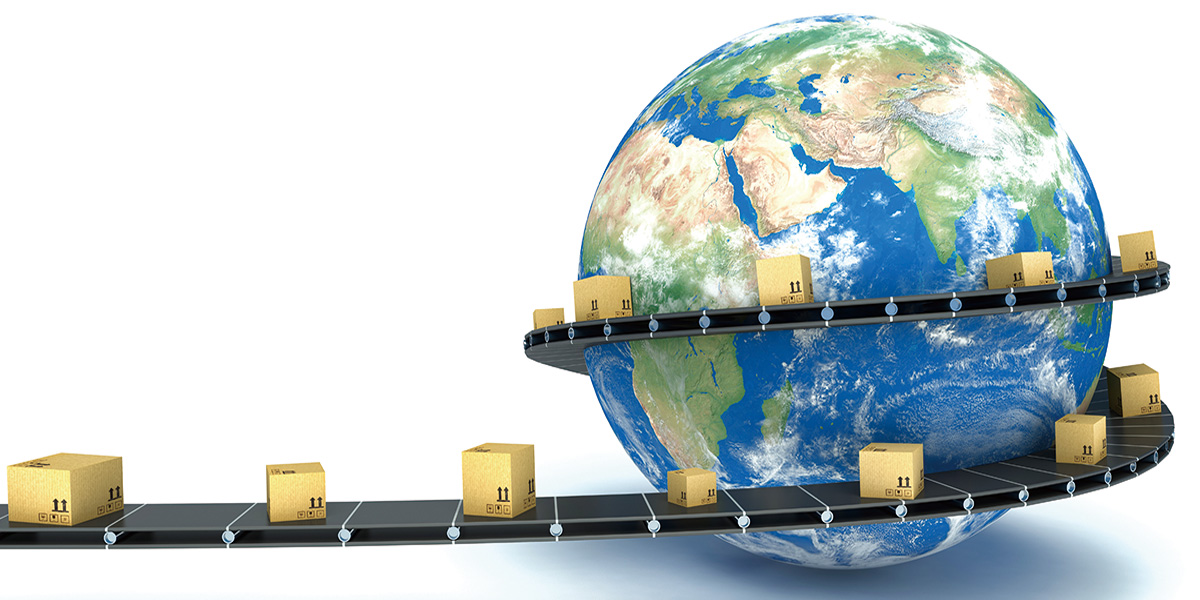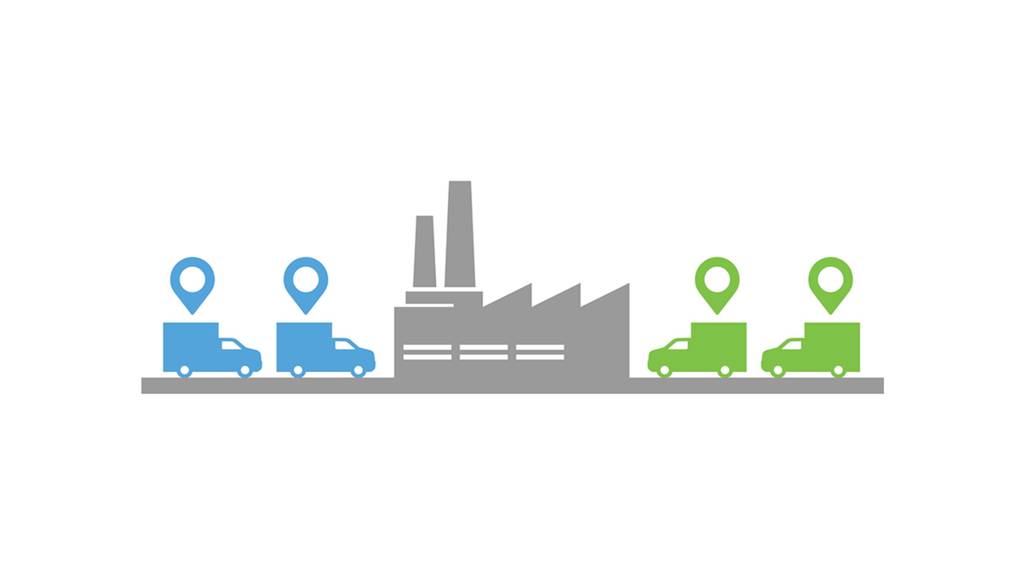What causes materials shortage
Material shortage is one of the consequences of the disruptions in the global supply chain throughout the covid–19 pandemic.

Extraordinary shifts in buying demand from customers in pandemic; the trend for embracing lean production (Cut down inventory) to cut costs and boost profits; and the closure of so many important ports due to coronavirus lockdown to name a few.
Overall, shipping is at the center of the explanation for what causes materials shortage
Adhesives are contained in the materials shortage list too. With a rise in bonding materials coming to replace mechanical fasteners, the requirement for a stable supply of materials also increases. Even though the materials supplier tries their best to provide materials the right amount on time, sometimes unexpected events happen which are out of our control.
Material shortage will not end soon so we only have a choice to find ways to down its damaging effects on our production line.
And the best way to decrease its effect is to make it less likely to happen
How to make adhesive shortage less likely to happen?
1. Anticipating supply and demand, be friends with your suppliers

Right now, the great supply chain disruption makes suppliers conduct a list of shipping priorities in which you do not want to be excluded. Besides, building a strong relationship with your supplier gives you the chance to get notifications sooner if any emergency arises, resulting in a longer time to deal with trouble if any.
Some suggestive actions:
- Enable communication of actions, defects, or relevant information with your suppliers
- Allow suppliers to access the current inventory levels and their own performance metrics
- Provide visibility into PPV (Products purchased variance) metrics so you can address variances outside of standards
- Monitor and control early deliveries and VMI (Vendor-managed inventory) that contribute to excess or obsolete inventory
2. Do not over focus on cost downing
Many manufacturers accept longer lead time just to lower costs in the short term. But the point is focusing only on cost can lead to increased lead times, lower-quality products, less responsive suppliers, increased labor costs and more, especially in this period of time.
So, the long-term beneficial factors we can look at include landed cost, lead times, supplier flexibility, risk management and the supplier’s ability to improve.

It is possible fast to investigate opportunities at global suppliers, who have free capacities even maybe active in other industries. Here we also investigate if there are alternative raw materials which can be used.
Therefore, it is recommended to investigate broadly which global suppliers could have free capacities or where there are available inventories. Here not only look nearby, but also investigate new potential suppliers in other regions. We live in a globalizing market, but not every industry develops in the same way in every market.
4. Having a second supplying source

Last but not least, this is the most active way to decrease the effects of this shortage crisis.
- Why need the second supplying source
Of course, you should go on to maintain a good long-term supplier relationship with existing suppliers. In parallel consider developing an additional supplier as part of cost and risk management
Some benefits naming:
– Less reliance on any one supplier providing a safety net if a supplier runs into difficulties
It increases your flexibility should there be disruption with a particular supplier. If one company experiences manufacturing challenges – potentially associated with their technology, labor strikes, or some weather disruption – you have another firm that you can turn to. This helps make your supply chain robust to various forms of disruption.
– More flexibility to cope with unexpected events that could jeopardies capacity
Instead of waiting and expecting a delayed package of goods to be delivered, you can come to get help from your second source. This strategy helps to reduce risk and takes advantage over your competitor.
– Fewer bottlenecks as more suppliers can meet peak demand.
Capacity expansion is one of the most important advantages of having dual sourcing
- Characteristics of the second source needed to pay close attention to while choosing
– Local provider (for emergency cases):
– Inventory ability (ready to provide any time)
– Certifying and trusted source: you do not want an unclear source of material to come into and ruin your whole production line
Prostech – Specialty materials and manufacturing solutions
Hotline: (+84) 984 695 398
Email: gluexpert@prostech.ph


